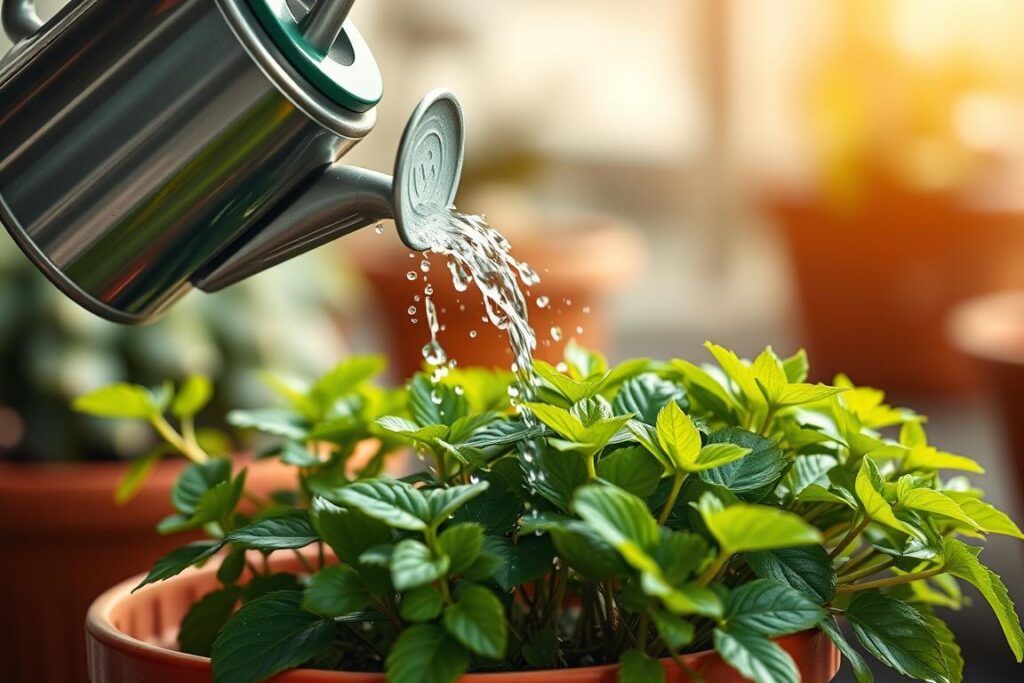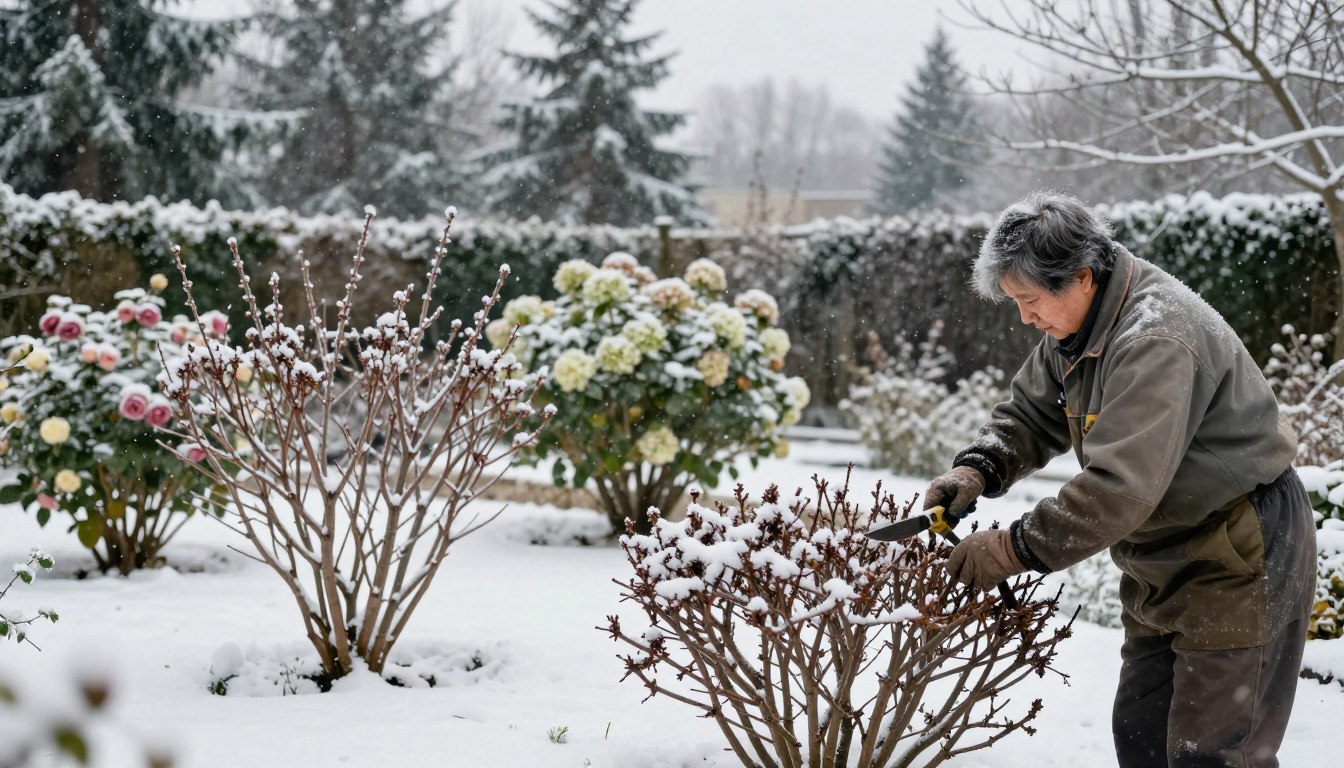
Container Gardening: Grow a Thriving Garden Anywhere
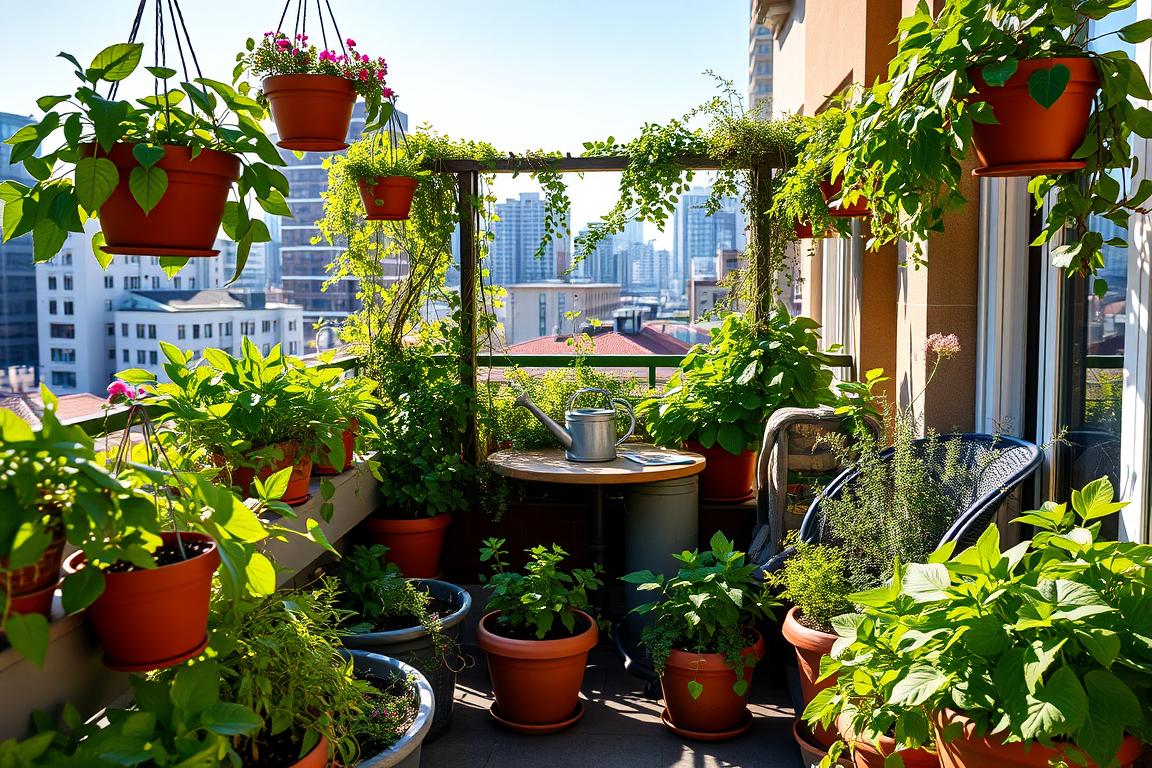
Share this post :
Facebook
Twitter
LinkedIn
Pinterest
Latest News

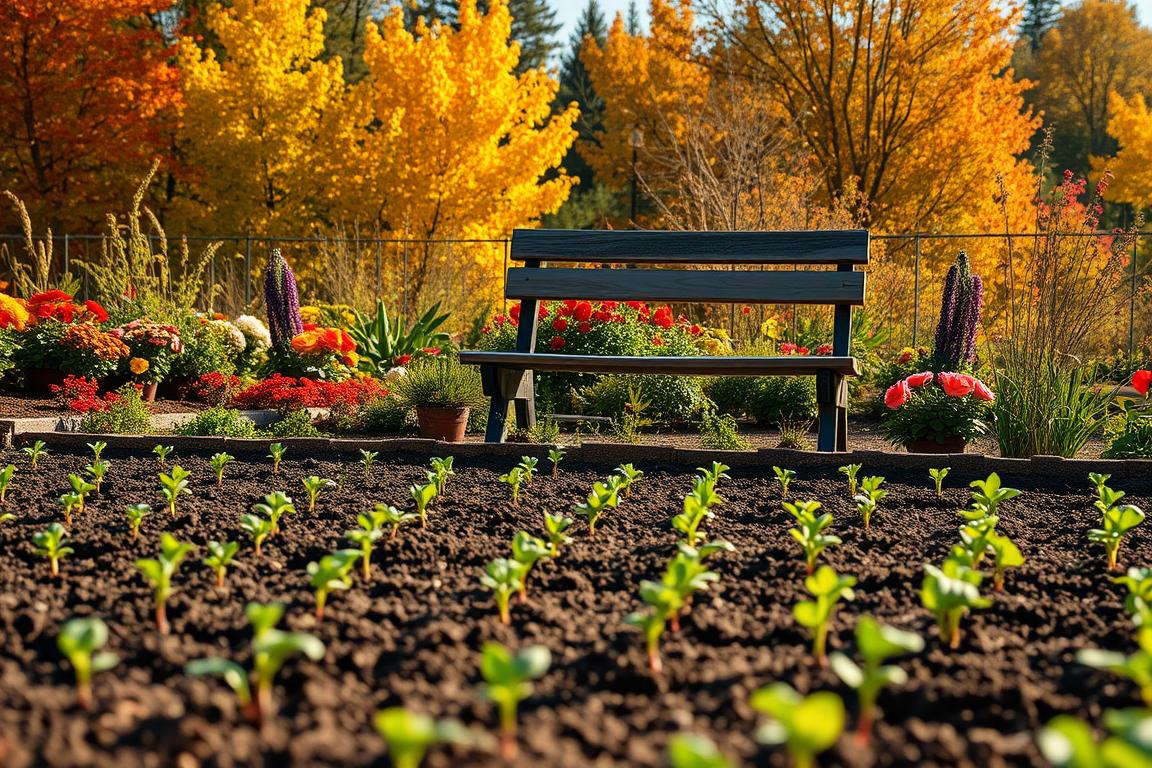
Ultimate Fall Gardening Guide: Best Plants, Bulbs, and Planting Schedule
September 4, 2025
No Comments
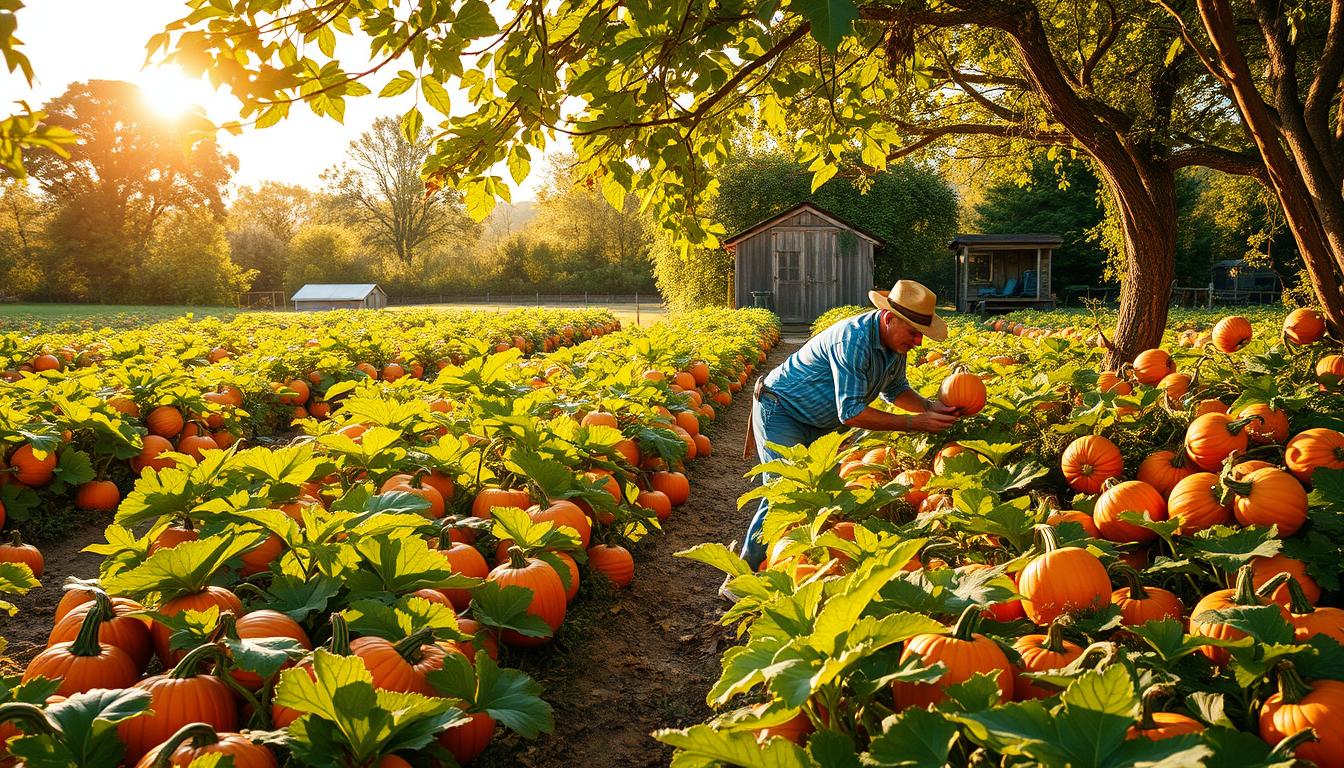
Pumpkin Patch Perfection: Secrets to Growing Bountiful Pumpkins
September 4, 2025
No Comments
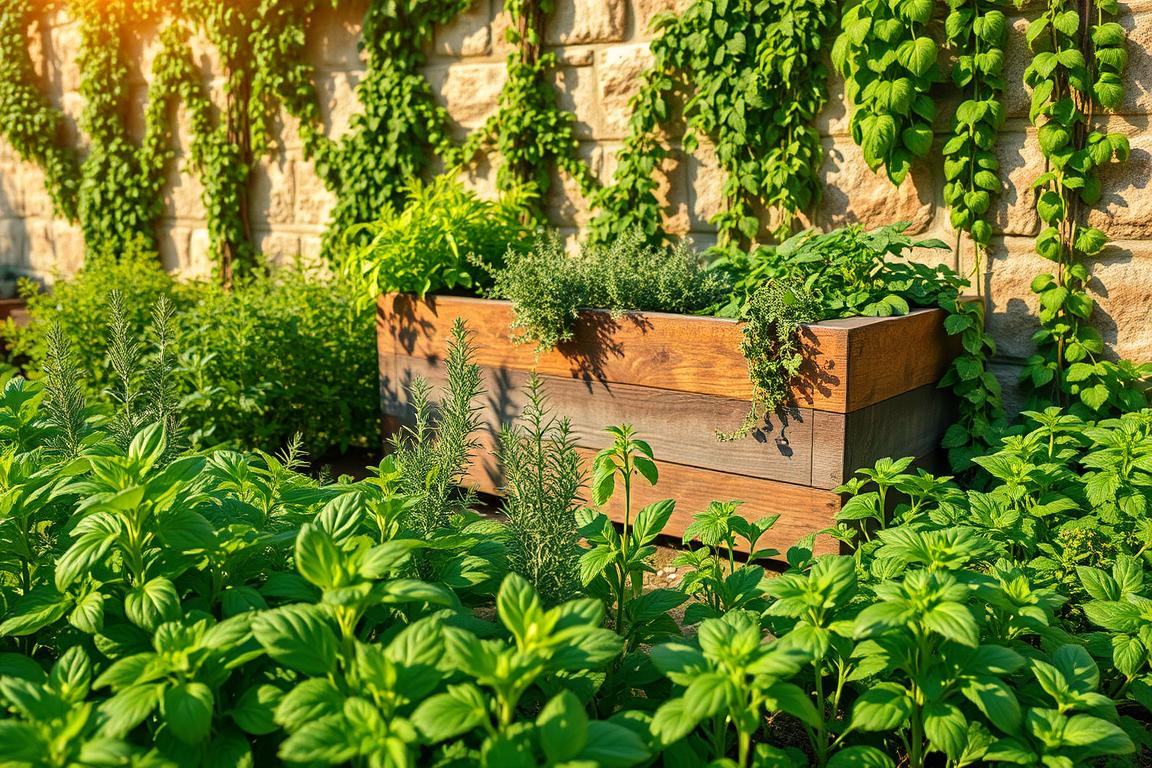
Cultivate a Thriving Herb Garden: Growing Herbs Made Easy
September 1, 2025
No Comments
Categories
Subscribe our newsletter
Want easy gardening tips delivered right to your inbox? Subscribe to our newsletter and grow with us!


